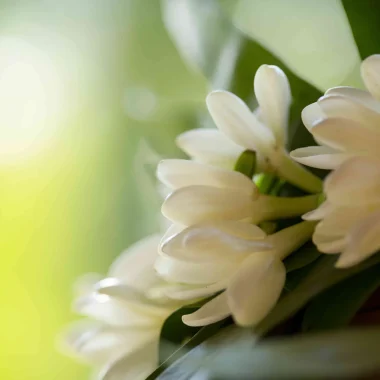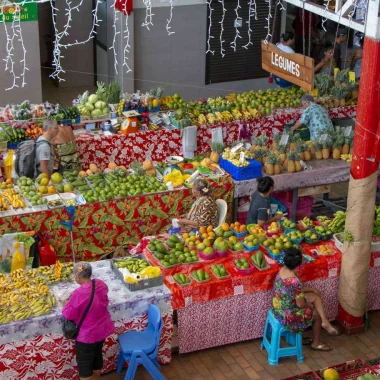If there is one piece of clothing that symbolizes life in The Islands of Tahiti, it’s the pareo. Long or short, a dress or a skirt, worn by vahine, but also by men. The pareo is the most versatile of garments.
Almost a national costume, the pareo or sarong, is called a pareu in Tahitian, is an emblem of The Islands of Tahiti. More than just a piece of cloth, a pareo is a work of art and is an integral part of Polynesian culture. There are many ways to wear a pareo and here are a few suggestions.
The pareo as part of a tradition
Artists such as Paul Gauguin used pareos to add splashes of vibrant color to their paintings. An integral part of Polynesian culture, the pareo is the typical garment worn by vahine in The Islands of Tahiti, whether they’re going to the beach, the market or even to work. It is worn by both men and women for important cultural events, such as the Tū’aro Mā’ohi and Heiva i Tahiti, and also during dance spectacles. The French Polynesian calendar even boasts an annual ‘Pareo Day’ when everybody wears a pareo.



Originally made from tapa, a cloth of beaten tree bark, today’s pareos are of cotton or silk. As well as a piece of clothing, a pareo is used as a beach towel, a light blanket or a covering for an armchair or table. The colorful vegetal designs of ferns, ‘uru leaves (breadfruit) and other plants were once hand-painted with black ink. Today, they are multicolored with all sorts of designs and you can buy them everywhere in The Islands of Tahiti, from fashion shops to supermarkets. A pareo is a symbol of the celebrated grace and beauty of the vahine.
Tahiti Tourisme organizes an annual ‘Pareo Day’ as a celebration of Tahitian culture. The entire population, female and male, is encouraged to wear a pareo for the day.
A thousand and one way to wear a pareo
Tied tightly around the bust or over one shoulder, a pareo is a graceful dress. Folded in two and wound twice round the hips then fixed with a knot, it’s an elegant short skirt. Plain or with a design, at the beach or in town, as a shawl when it’s chilly or a wraparound when it’s hot, the pareo is the versatile garment ‘par excellence’.

The pareo isn’t reserved for the vahine, because Tahitian men also wear them, especially at home. They are also part of a man’s costume during cultural and sporting events. The men don’t bother with knots, they just wrap the pareo around them and then fold it over a couple of times to keep it in place.
Themes









 América del Sur
América del Sur
 Australia
Australia
 Belgique
Belgique
 Brasil
Brasil
 Canada (EN)
Canada (EN)
 Canada (FR)
Canada (FR)
 Deutschland
Deutschland
 España
España
 France
France
 Italia
Italia
 Mexico
Mexico
 Polynésie française
Polynésie française
 New Zealand
New Zealand
 Schweizerisch (DE)
Schweizerisch (DE)
 Suisse (FR)
Suisse (FR)
 United Kingdom
United Kingdom
 United States
United States
 한국
한국
 中国
中国
 日本
日本